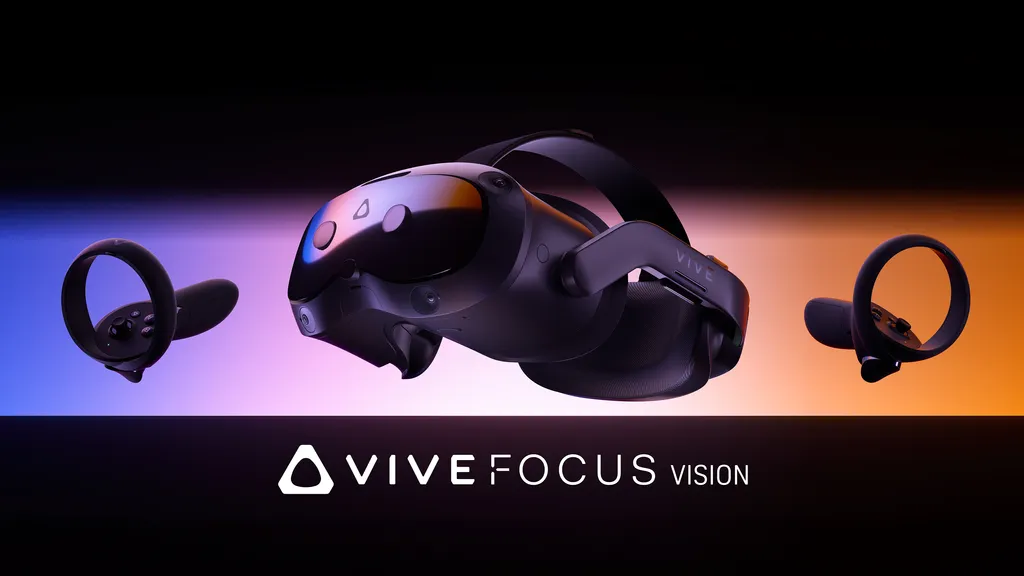HTC just announced Vive Focus Vision, a refresh of Vive Focus 3.
Vive Focus Vision inherits the rear battery design, 2.5K LCD displays, fresnel lenses, and original Snapdragon XR2 Gen 1 chipset from Vive Focus 3. But HTC has upgraded the sensor suite and RAM, and added multiple new features including eye tracking and support for DisplayPort PC VR via an adapter.
While Vive Focus 3 was only sold to businesses, Vive Focus Vision is being offered to consumers too, mainly pitched for PC VR and priced at $1000.
| HTC Vive Focus Vision |
Meta Quest 3 |
Sony PlayStation VR2 |
|
| Lens Type | Fresnel | Pancake | Fresnel |
| Display Type | LCD | LCD | OLED |
| Pixels Per Eye | 2448×2448 (RGB) |
2064×2208 (RGB) |
2000×2040 (PenTile) |
| Eye Tracking On PC |
✅ | ❌ | ❌ |
| Wireless PC VR |
H.264/HEVC via Wi-Fi 6E |
H.264/HEVC/AV1 via Wi-Fi 6E |
❌ |
| Wired PC VR |
Native via DisplayPort ($150 Adapter) |
Compressed via USB |
Native via DisplayPort |
| Eye Relief Adjustment |
❌ | ✅ | ✅ |
| Strap Type | Rigid Plastic | Cloth (Replaceable) |
Halo Strap |
| PC VR Price | $1000 (+$150 DP Adapter) |
$500 | $550 + Adapters |
Vive Focus 3 had basic black & white passthrough. Vive Focus Vision adds two color cameras for stereo passthrough that HTC claims offers "depth-correct mixed reality", as well as a depth projector for scene meshing and improved hand tracking in low light.
The addition of eye tracking has enabled HTC to remove the lens separation adjustment slider, replaced by motorized actuators for fully automatic IPD adjustment, similar to Apple Vision Pro and Pico 4 Enterprise. This will be a welcome improvement for enterprise and location-based VR venues where users often don't know how to adjust for their IPD, as well as for consumers demoing their headset to others.
Eye tracking also works with PC VR, unlike PlayStation VR2, meaning it can be used to drive your avatar's eyes in VRChat and for foveated rendering in games which support this. And to further entice PC VR users, HTC has added support for lossless DisplayPort PC VR. It requires a $150 adapter though, which will be included with preorders. You can't just plug it directly into your GPU.
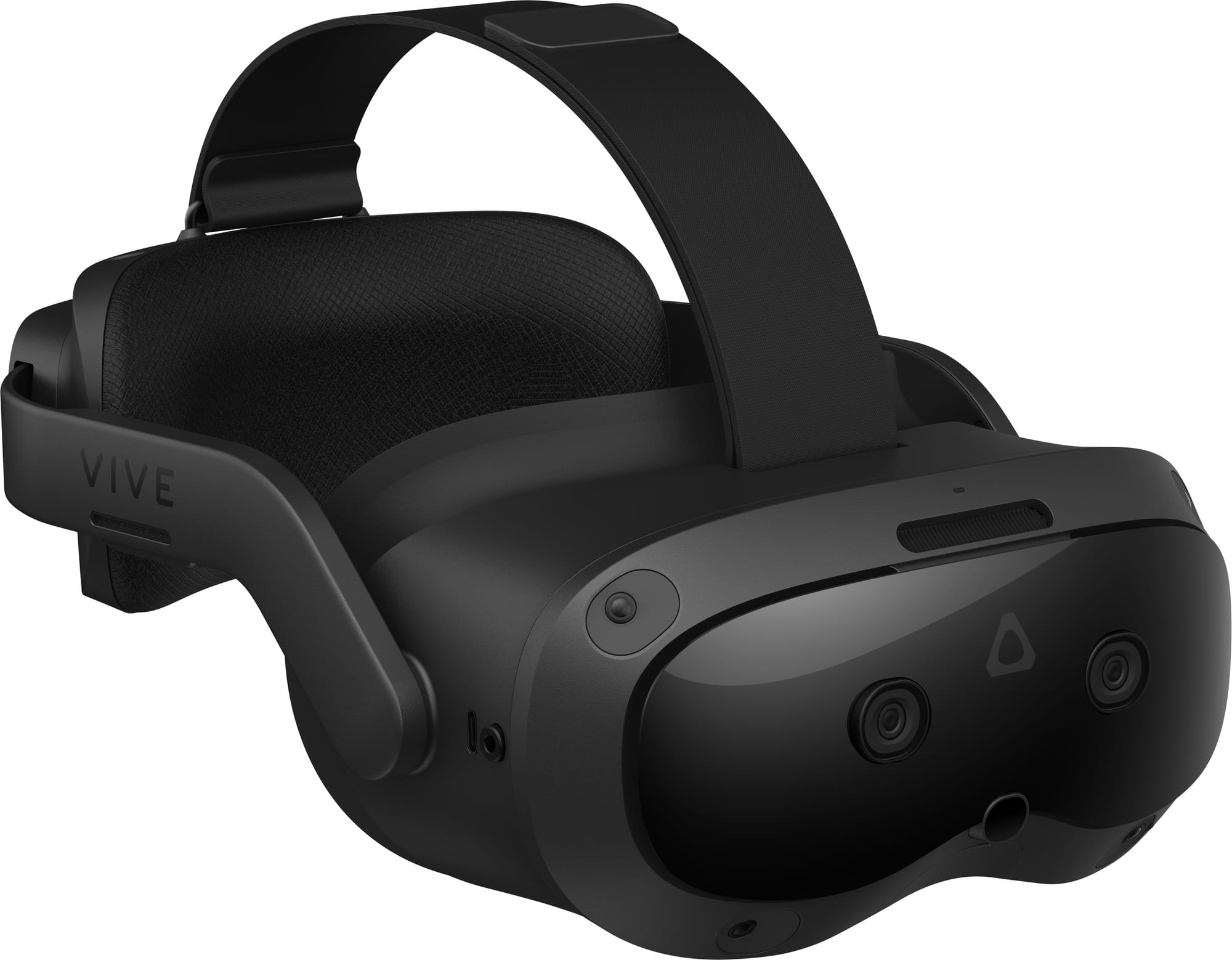
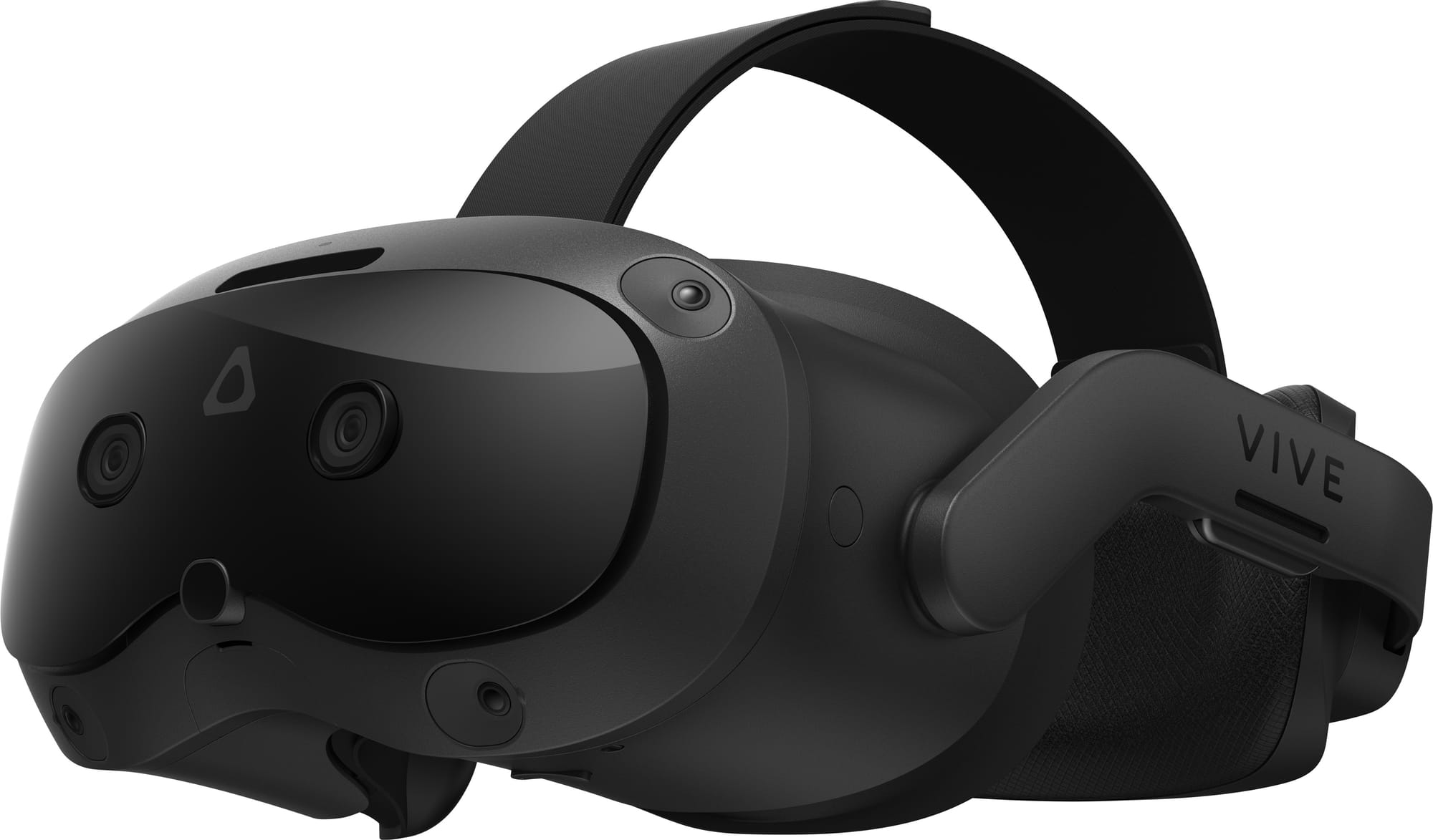
On the standalone side, while the chipset is still the same XR2 Gen 1 used in Quest 2, the eye tracked foveated rendering should increase its effective performance. HTC has upgraded the RAM to 12GB and improved the cooling fan to be both quieter and better. The company says Vive Focus 3 is mostly used as a wireless PC VR headset, so decided against the cost of upgrading to the XR2 Gen 2.
Another interesting new feature is battery hotswap. Vive Focus 3 had a swappable battery, but doing so would cut the power and thus force a reboot. With Vive Focus Vision, HTC has built a 10-20 minute battery into the visor to allow more than enough time to hotswap.
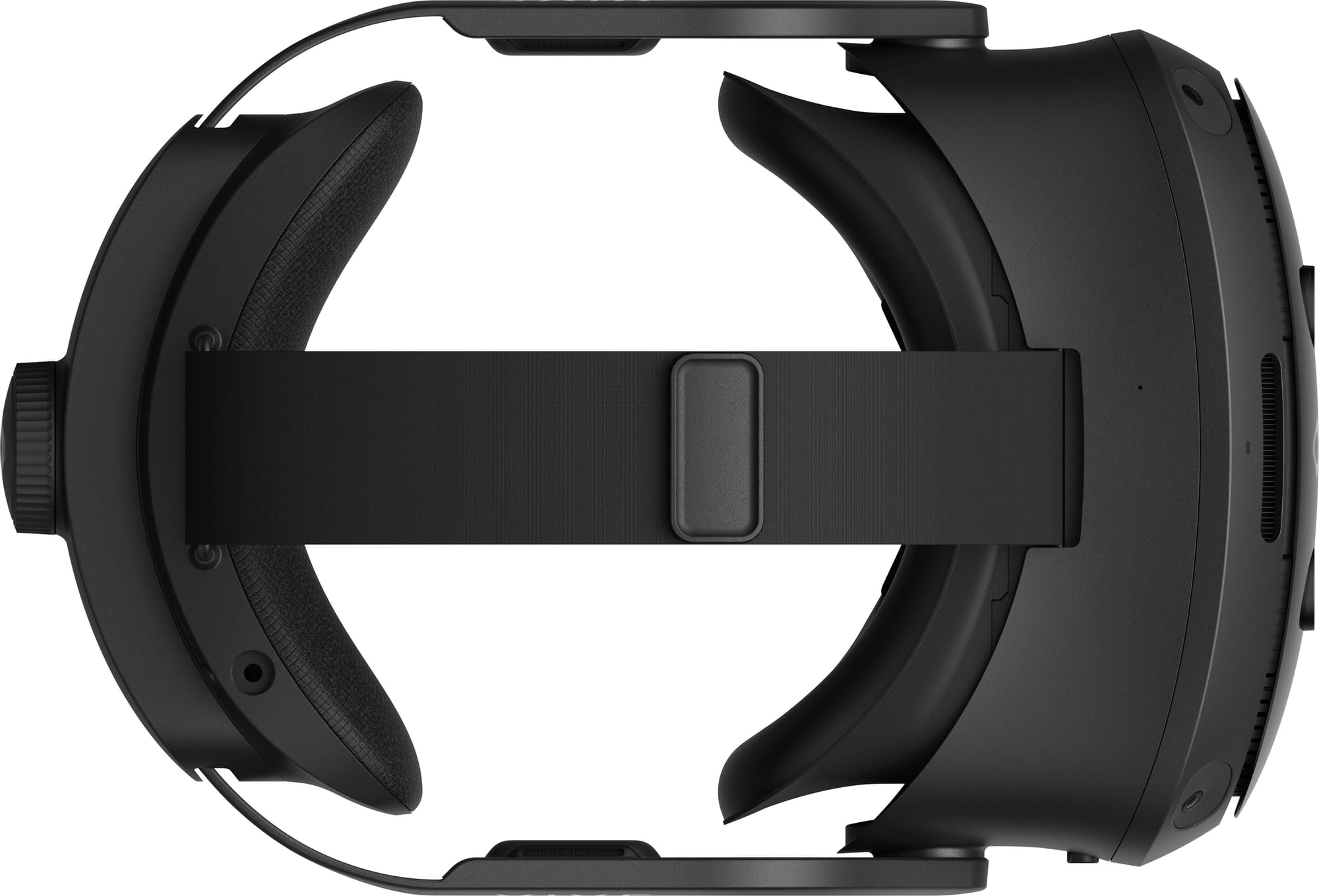
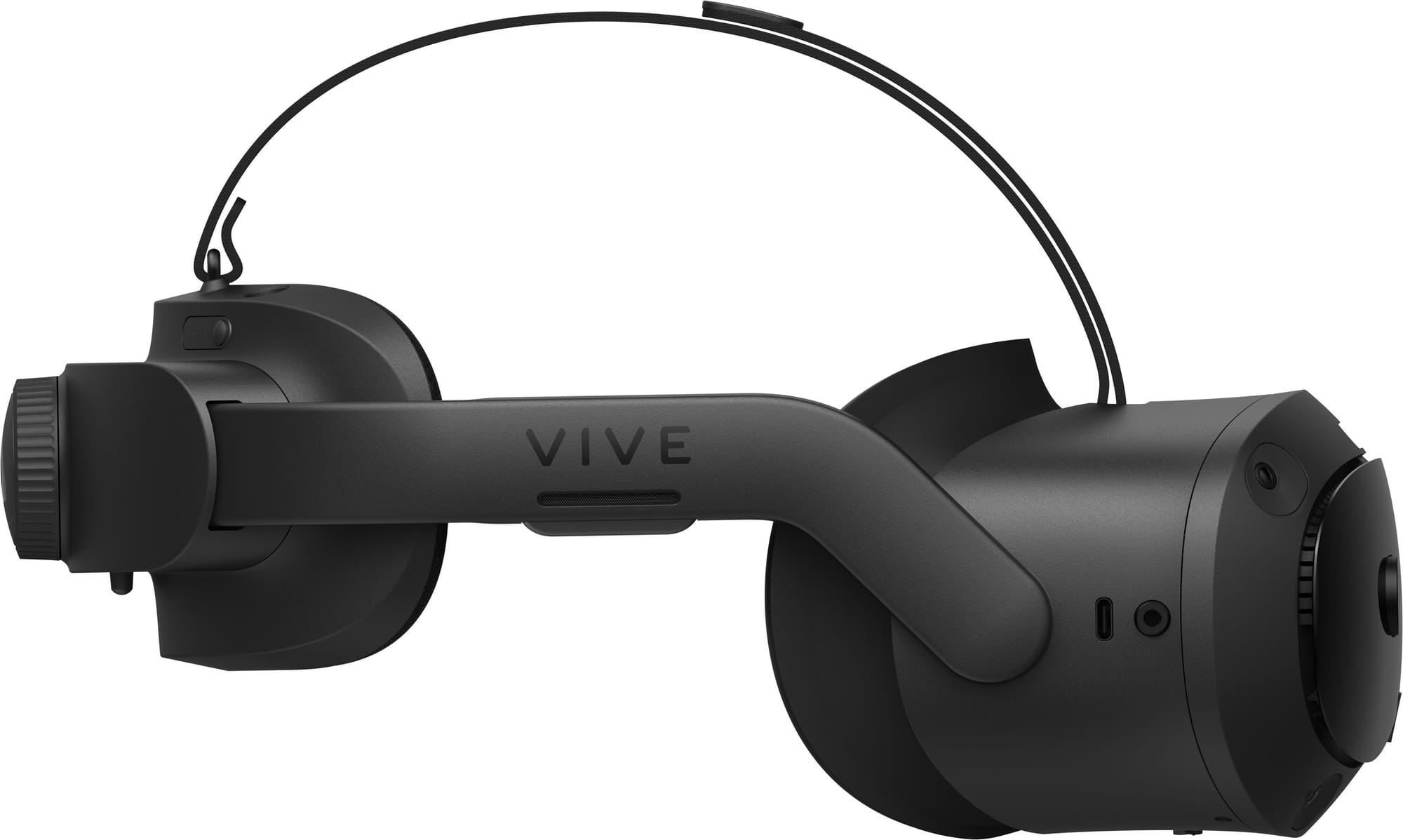
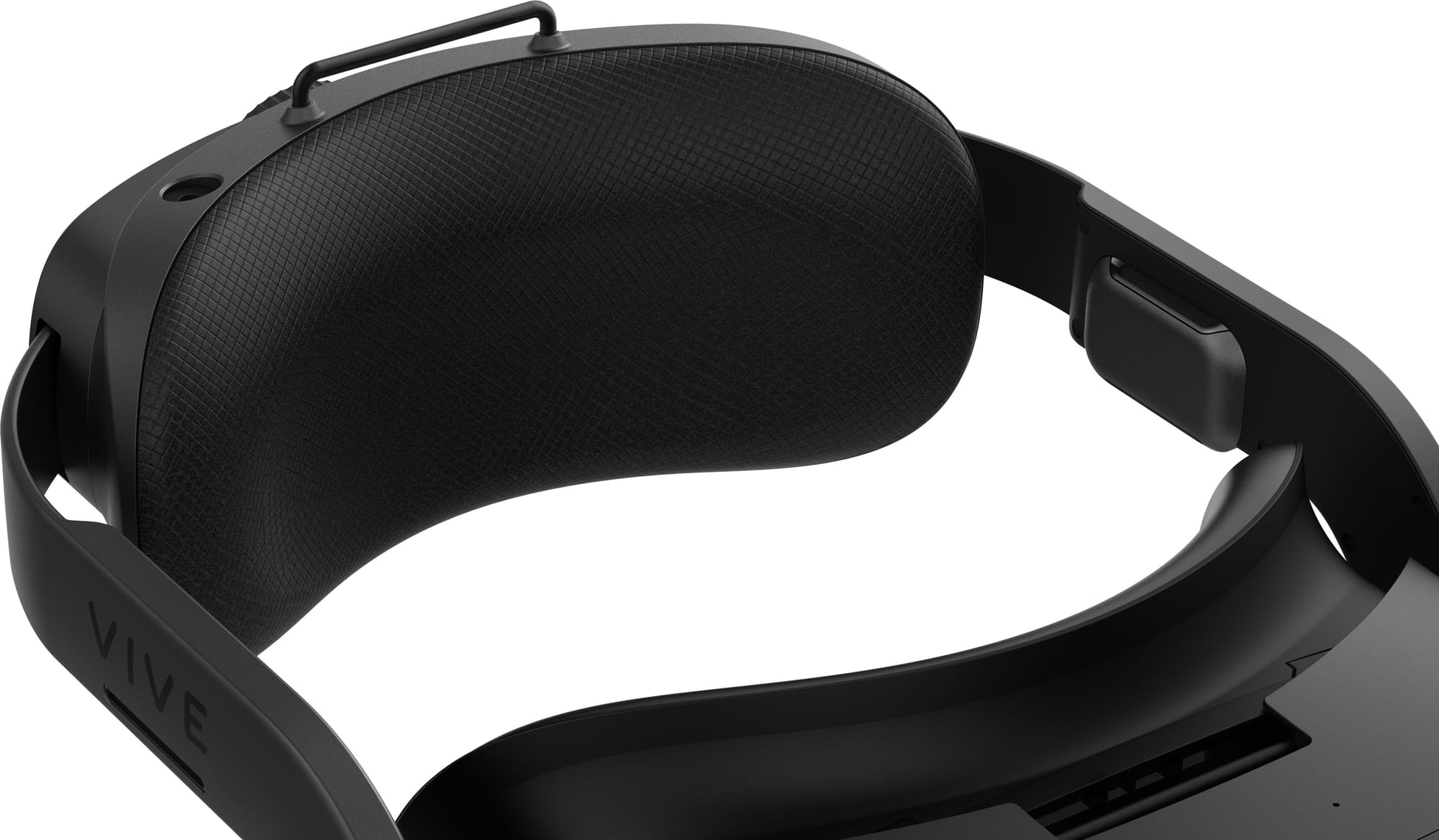
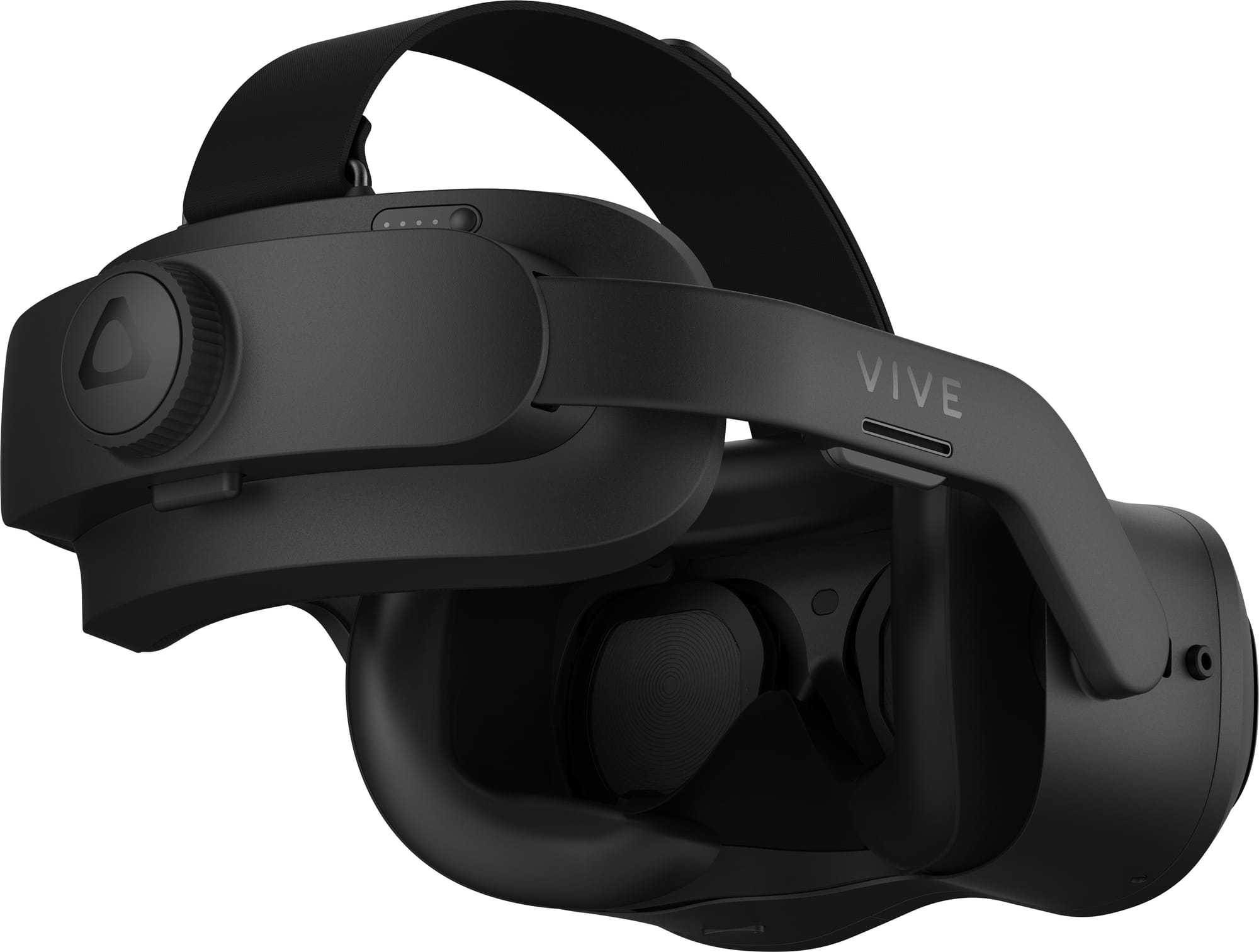
The advantage of inheriting its predecessor's design is that Vive Focus Vision is compatible with all the same official accessories. That includes the multi battery charger and the $100 face tracking addon, as well as the Vive Ultimate Trackers for body tracking.
Vive Focus Vision preorders open today. As well as the DisplayPort PC VR adapter, HTC says it will let you choose "one of three popular game bundles" as a preorder bonus.

